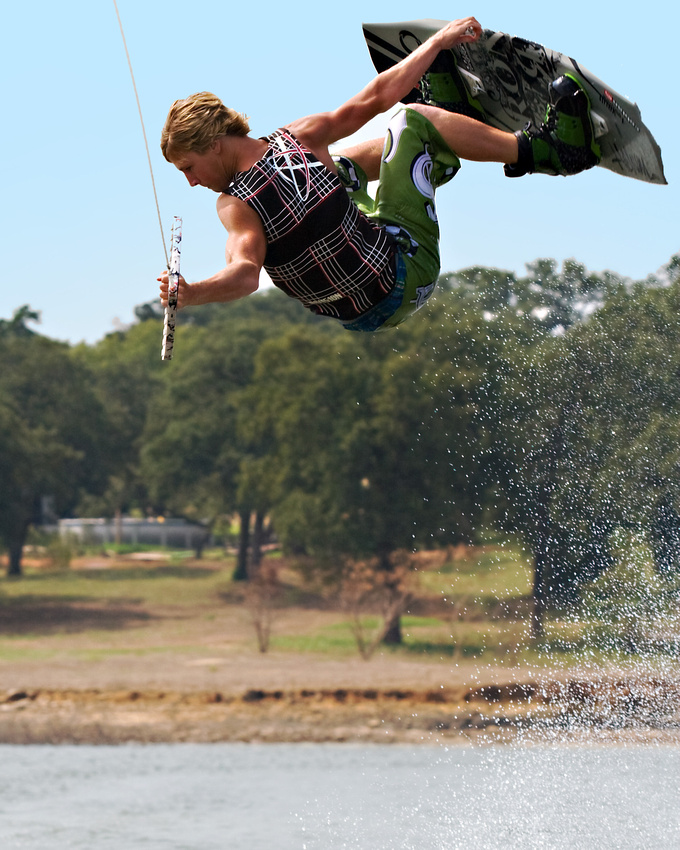Getting off the GREEN SQUARE!
Over the course of the next 3 lessons, we will be talking about EXPOSURE . . . and how to get your camera off the "green square" (auto mode).
What is exposure? Exposure is a combination of 3 factors which determine the amount of light which enters your camera.
These factors are:
1. shutter speed
2. aperture
3. ISO
Photography is all about light, and without an ample amount of light entering your camera, you have nothing but a dark worthless picture. Learning how to determine the right combination of these three settings can be a tedious task, but understanding what they do will make it much easier.
Brightness is measured in “Exposure Value” or EV.
You might recognize this acronym from your camera’s settings or manual. An EV of 0 is defined an image exposed for 1 second at f1. Steps of one up or down from zero are a change in the light by a factor of two. So an EV of 1 is twice as bright, EV 3 is eight times as bright, and EV -2 is one quarter as bright.
If you only come away from this lesson having learned one thing, it is this. Photographers talk about light and exposure settings in terms of stops. In photography a stop can refer to different settings in any of the three points of the exposure triangle. One of the most important and useful things you can learn as a photographer is to get an intuitive feel for light levels.
Today's lesson is on Shutter Speed
The shutter speed setting determines how fast the camera shutter opens and closes when taking a photo. Long shutter speeds open the shutter for more time, letting in more exposure and light.
However, if you are trying to freeze a moving subject, like a football player, set your shutter speed at 1/250th or higher. Of course, you can shoot slower if you want some blur for effect, but for most sports shots, you want to freeze the action, like the photo below which was shot at 1/1000 shutter speed as we were outdoors with plenty of light.
Notice the individual drops of water "frozen" by the shutter speed. The faster the shutter, the more detail it can freeze, but the less light that is allowed in the camera.
So, if you need more light to use a faster shutter speed, how do you achieve that?
Lesson 2 on aperture will follow . . .


Comments
No comments posted.
Loading...
© Shane Summers Photography